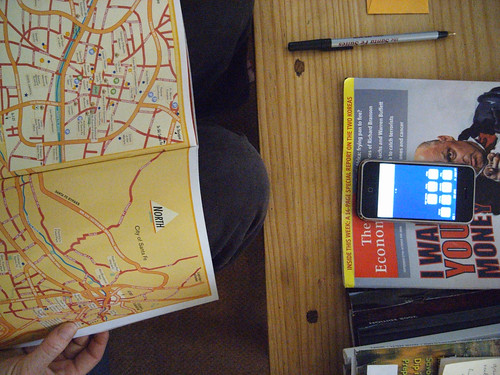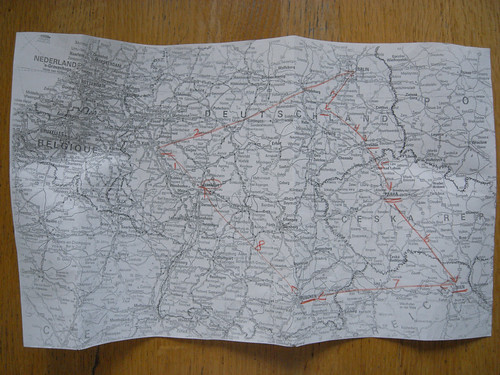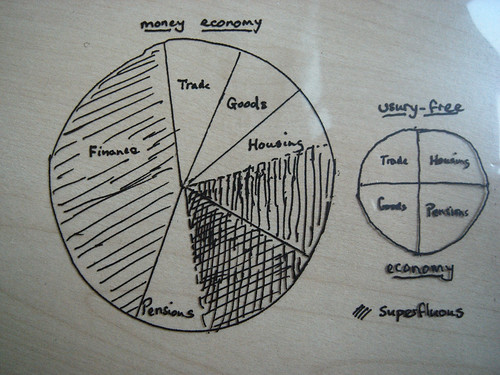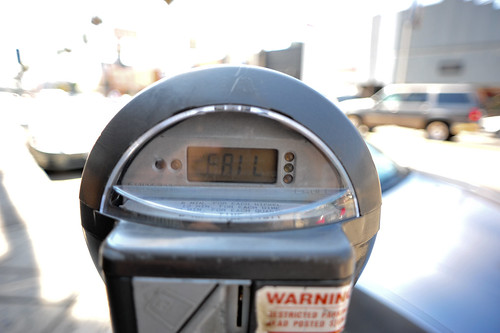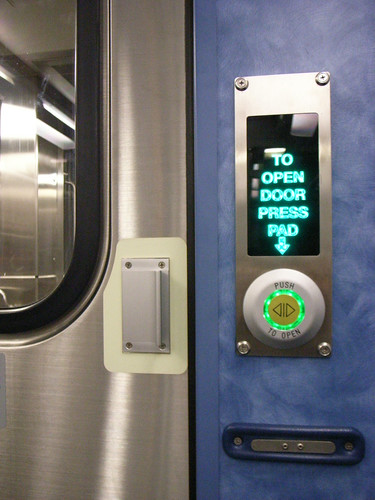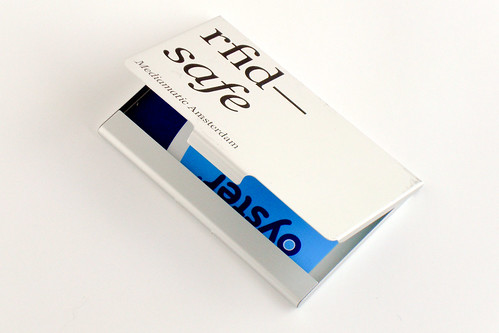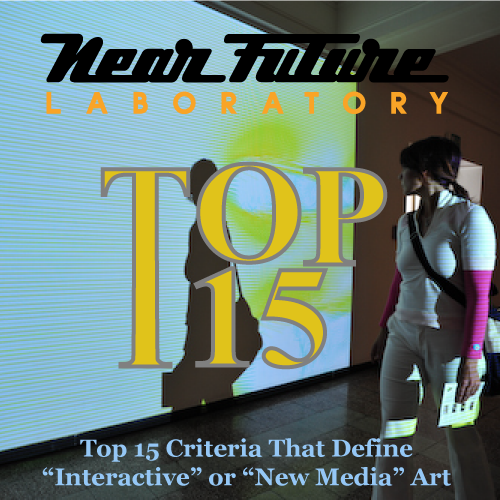
The Julianipedia entry for “New/Interactive Media Art” has been finalized by the guys and gals on the editorial floor here at the Near Future Laboratory officeplex. After several years of review, discussions with leading experts and practitioners we’re finally ready to release our conclusions. And what better place to release them — here, in Linz Austria, and after a 3 year hiatus from Ars Electronica while I was teaching at an interactive media program where I would get in trouble for missing boring faculty meetings and a class or two because I thought it’d be useful to my pedagogy to go to the world’s pre-eminent interactive media exhibition (but no one ever got the business for going to the Game Developers’ Conference, so..there’s that.)
Here at Ars Electronica is where we did an unscientific qualitative test of the criteria devised to define New/Interactive Media Art. Now we deliver to you the conclusive results, and do so in the spirit of the David Letterman Top-10 Countdown, only with a Top-15 rather than 10, cause we found 15 things.
Forget all the New Media “Theory”; we’ve got your empirically derived criteria right here.
The Near Future Laboratory Top-15 Criteria for New or Interactive Media Art are…
15. It doesn’t work
14. It doesn’t work because you couldn’t get a hold of a 220-to-110 volt converter/110-to-220 volt converter/PAL-to-NTSC/NTSC-to-PAL scan converter/serial-to-usb adapter/”dongle” of any sort..and the town you’re in is simply not the kind of place that has/cares about such things
13. Your audience looks under/behind your table/pedestal/false wall/drop ceiling or follows wires to find out “where the camera is”
12. Someone either on their blog or across the room is prattling on about the shifting relations between producers and consumers..and mentions your project
11. Your audience “interacts” by clapping/hooting/making bird calls/flapping their arms like a duck or waving their arms wildly while standing in front of a wall onto which is projected squiggly lines
10. Your audience asks amongst themselves, “how does it work?”
9. The exhibition curators insist that you spend hours standing by your own wall text so that you can explain to attendees “how it works”
8. It’s just like using your own normal, human, perfectly good eyeballs, only the resolution sucks and the colors are really lousy..plus the heat from the CPU fan is blowing on your forehead which makes you really uncomfortable and schvitz-y
7. Someone in your audience wearing a Crumpler bag, slinging a fancy digital SLR and/or standing with their arms folded smugly says, “Yeah..yeah, I could’ve done that too..c’mon dude..some Perlin Noise? And Processing/Ruby-on-Rails/AJAX/Blue LEDs/MaxMSP/An Infrared Camera/Lots of Free Time/etc.? Pfft..It’s so easy…”
6. Someone in your audience, maybe the same guy with the Crumpler bag and digital SLR excitedly says, “Oh, dude. That should totally be a Facebook app!”
5. It’s called a “project” and not a “piece of art”
4. You saw the "project" years ago…and here it is again…now with multi-touch interaction and other fancy digital bells and Web 2.0-y whistles
3. Your audience cups their hands over various proturbances/orifices at or nearby your project attempting to confuse/interact with the camera/sensor/laser beam, even if it uses no such technology
2. There’s a noticeable preponderance of smoothly shifting red, green and blue lighting effects
1. People wonder if it wasn’t all really done in Photoshop, anyway
3 Bonus Criteria!
0. There are instructions on how to experience the damn thing
-1. You can’t “collect” or buy it. Heck, if you did, you’d need to get AppleCare or hire an IT guy in the bargain
-2. Crumpler guy says, “Oh, I thought of that already..”
There it is. The Near Future Laboratory Top-15+3 Criteria Defining New/Interactive Media Art!
Continue reading Near Future Laboratory Top 15 Criteria That Define Interactive or New Media Art
